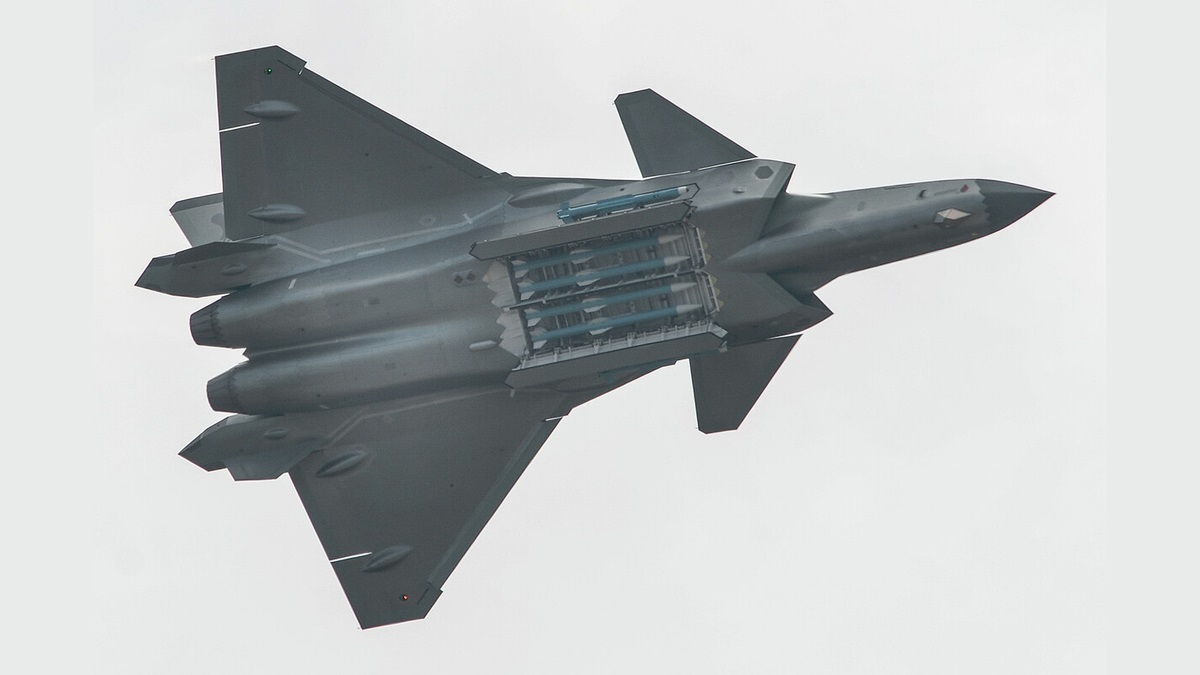A cost-conscious leap in high-speed materials
China’s latest advance pairs stainless steel with hypersonic ambition, challenging assumptions about what materials can survive at extreme speeds. By shifting focus from tungsten to more accessible steel, researchers aim to cut costs without sacrificing performance. The approach could reshape how nations think about supply chains and mass production in advanced weaponry.
Traditionally, hypersonic vehicles relied on tungsten for leading edges because of its heat resistance. Yet tungsten is heavy, expensive, and geopolitically sensitive, which complicates scaling and deployment. Stainless steel is cheaper and abundant, offering a pragmatic route to industrialization and rapid iteration.
Why stainless steel now?
The appeal of stainless steel is not only price; it is also availability and ease of fabrication. Unlike rare, strategic metals, steel fits into existing metallurgical ecosystems and global sourcing networks. That means designers can prototype faster, adjust geometry more freely, and rely on mature manufacturing expertise.
Still, steel has a lower softening threshold than exotic alloys, posing a formidable thermal barrier at hypersonic speeds. The innovation is less about the metal itself and more about the system around it, turning a commodity material into a high-performance solution through smart engineering.
The thermal protection play
The key is a layered thermal architecture that keeps the steel’s temperature within safe limits during intense heating. Instead of asking steel to be something it isn’t, engineers use ceramic exteriors and insulative cores to manage heat flow. This approach builds on decades of aerospace know-how while tailoring it for sustained hypersonic flight.
Ceramic fabrics can act as ablative or radiative shields, while advanced aerogel-like materials dampen the inward march of heat. In flight regimes near Mach 8, a combined structure can spread, deflect, and delay thermal loads long enough to preserve airframe integrity. The result is not a miracle metal, but a carefully balanced system.
Strategic and industrial implications
If validated at scale, this move could alter military planning and procurement across regions. Lower-cost, high-speed platforms promise new doctrines and faster production timelines, shifting how nations assess risk and deterrence. It also underscores the role of materials science as a lever of strategic advantage.
- Lower unit costs encourage larger fleets
- Streamlined supply chains reduce strategic bottlenecks
- Faster prototyping accelerates operational learning
- Modular designs enable quicker field upgrades
- Domestic production strengthens national autonomy
“The breakthrough is less about invincibility and more about affordability at scale, which can matter just as much on tomorrow’s battlefield,” said a senior analyst, reflecting a growing consensus among observers.
The Beijing connection
The work is credited to researchers at the Beijing Institute of Technology, led by Professor Huang Fenglei. His team’s prominence and close ties to China’s defense establishment signal high-level backing and clear operational interest. Links to the Central Military Commission highlight the project’s strategic priority within broader modernization programs.
While the research community is cautious, the profile of the team suggests extensive testing and a path from laboratory success to fieldable hardware. That pipeline is critical in hypersonics, where materials and aerothermal realities can defy optimistic models.
What to watch next
Even with promising results, several questions remain for engineers, policymakers, and analysts. Performance at repeated thermal cycles, long-duration flights, and adverse weather conditions will determine the true limits of the approach. Validation under varied angles of attack and harsh sea-level environments will also be decisive.
- How the system handles erosion and particulate ingestion
- Durability under repeated heating and cooling cycles
- Manufacturing quality control across batches and suppliers
- Integration with advanced guidance and sensor packages
- Real-world performance under electronic warfare and countermeasures
Beyond the battlefield
Though framed in military terms, such materials advances can spill into civilian domains. Hypersonic transport, atmospheric re-entry, and high-speed spaceplanes could benefit from cheaper, more adaptable thermal protection. If costs continue to fall, R&D barriers for non-military actors may also lower, accelerating broader innovation.
That dual-use potential carries both promise and policy complexity, inviting debates over standards, export controls, and global competition. As with many breakthroughs, the long-term impact will hinge on responsible governance as much as on raw capability.
In the end, the story is about turning a ubiquitous metal into a strategic asset through clever system design. If sustained by rigorous testing and transparent benchmarks, it could mark a pivotal shift in how hypersonic systems are built, priced, and fielded—an evolution with consequences far beyond one nation’s programs.

